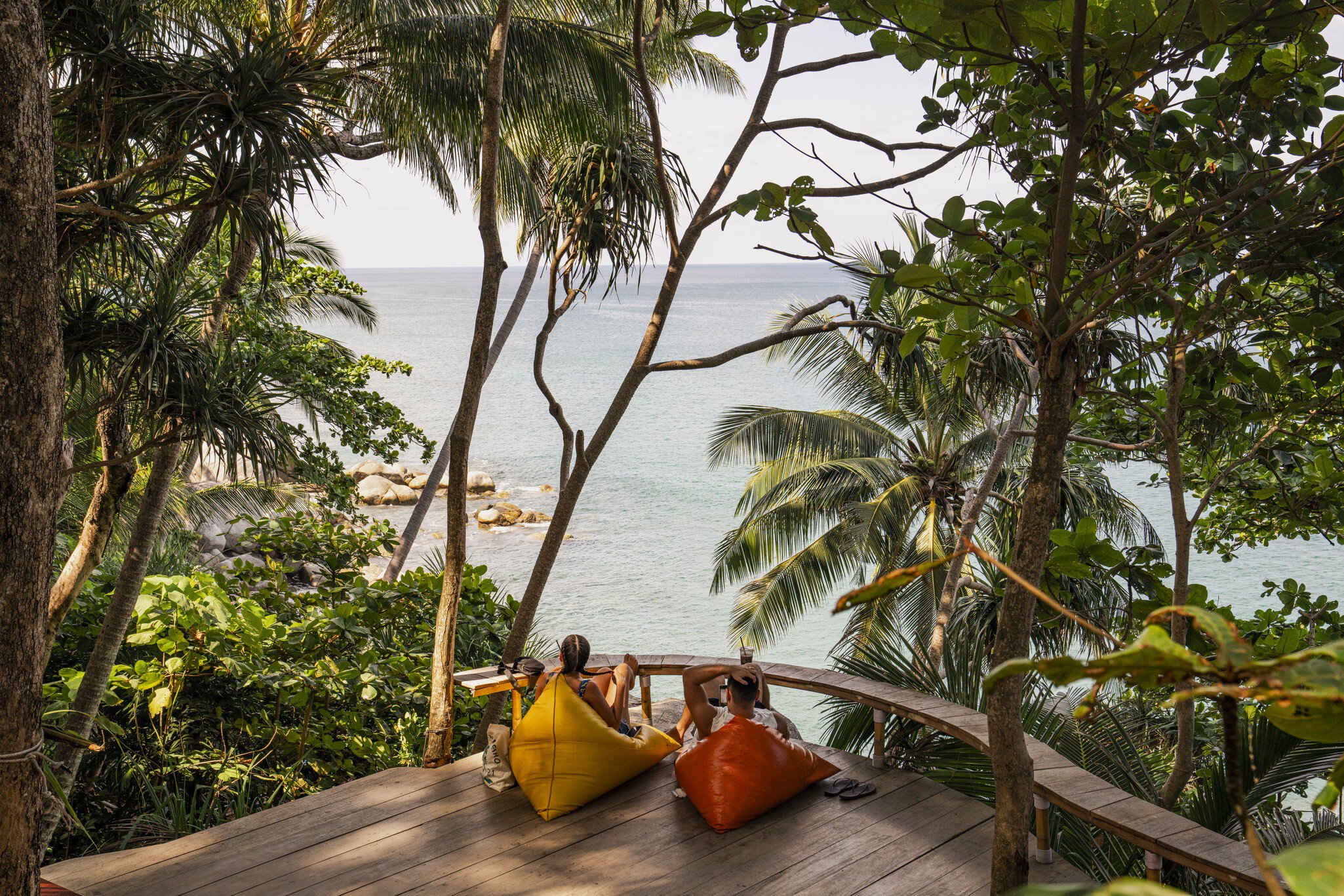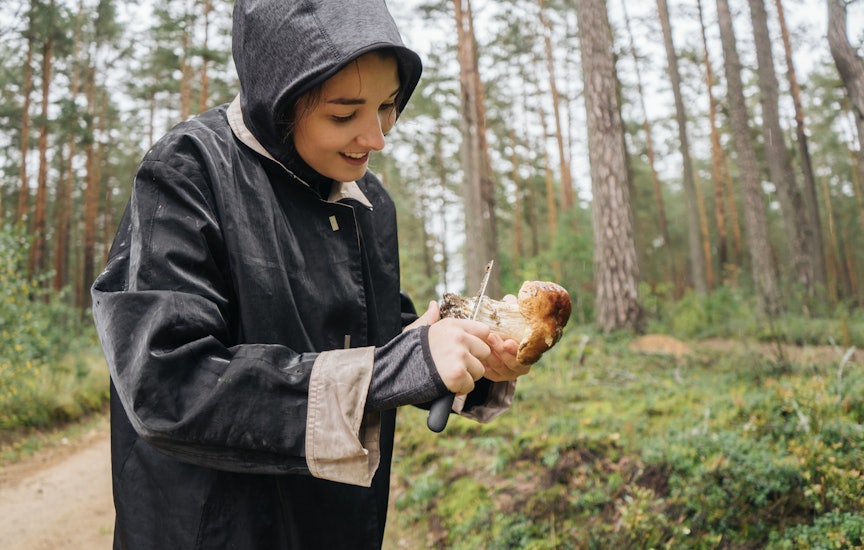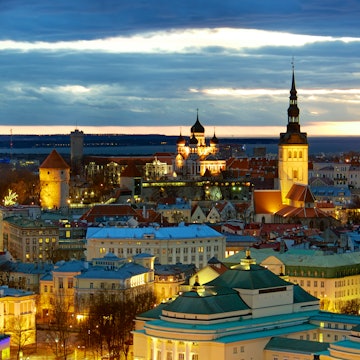

Getty Images
Overview
Estonia doesn’t have to struggle to find a point of difference; it’s completely unique. It shares a similar geography and history with Latvia and Lithuania, but culturally it’s distinct. Its closest ethnic and linguistic buddy is Finland, though 50 years of Soviet rule in Estonia have separated the two. For the last 300 years Estonia has been linked to Russia, but the two states have as much in common as a barn swallow and a bear (their respective national symbols).
Plan your trip with Guide, an AI travel planner!
Create a personalized trip itinerary in seconds using artificial intelligence.
Must-see attractions
Planning Tools
Expert guidance to help you plan your trip
Best Things to Do
You'll find culture and creativity, a rich history and pristine nature in Estonia. Here are the best ways to enjoy your trip.
Read full article
in partnership with getyourguide









